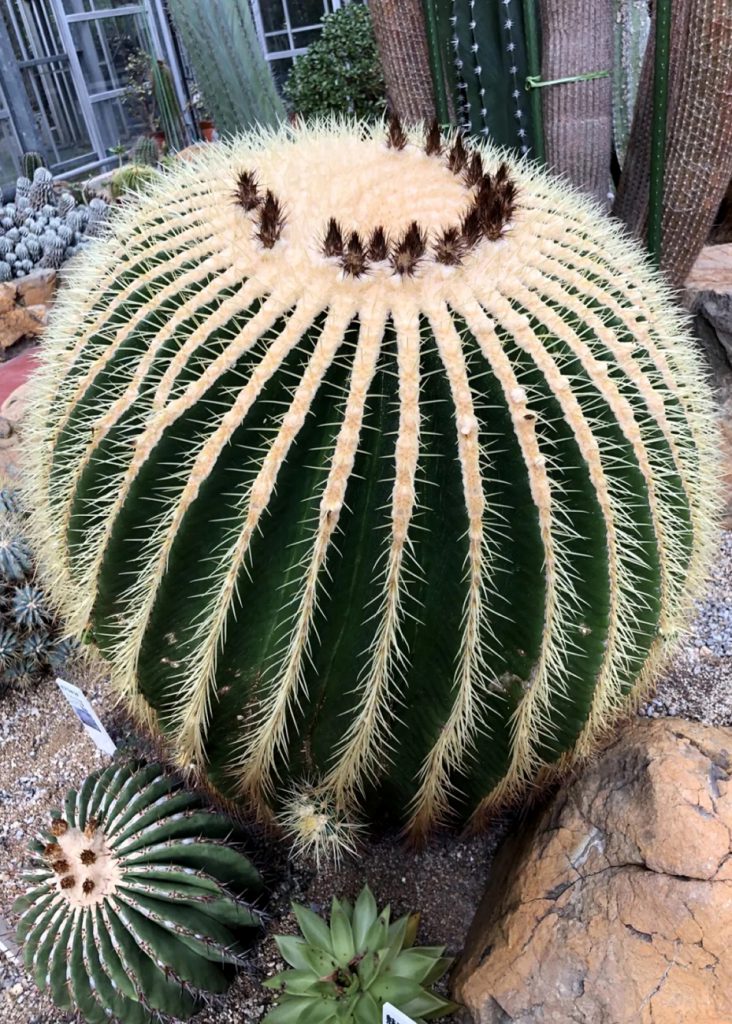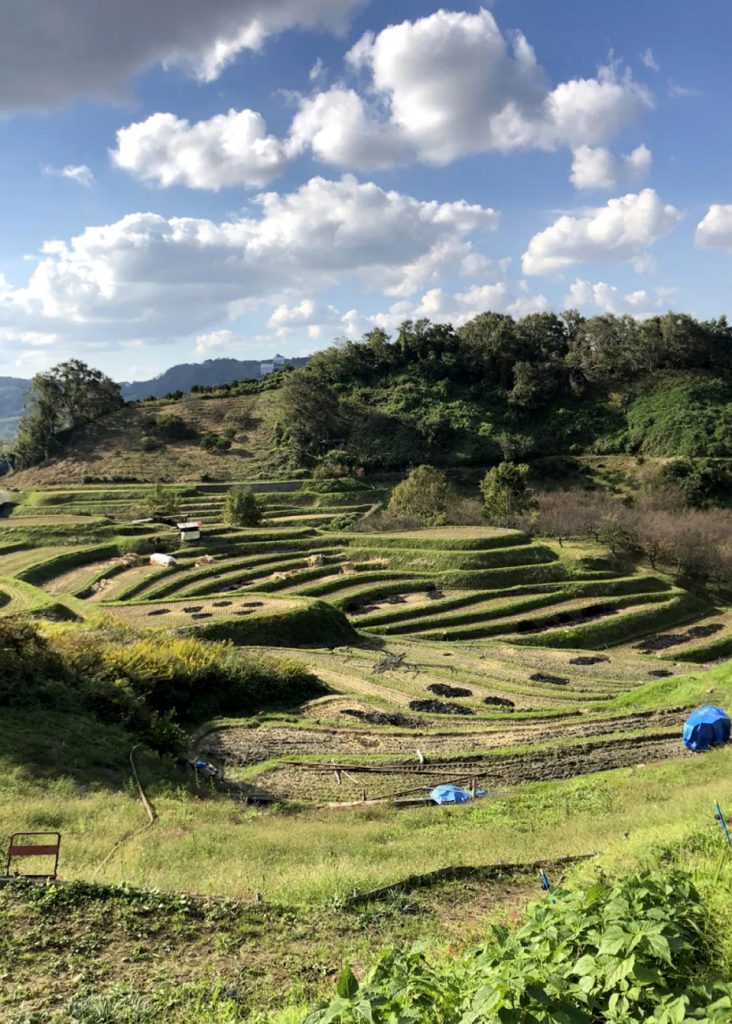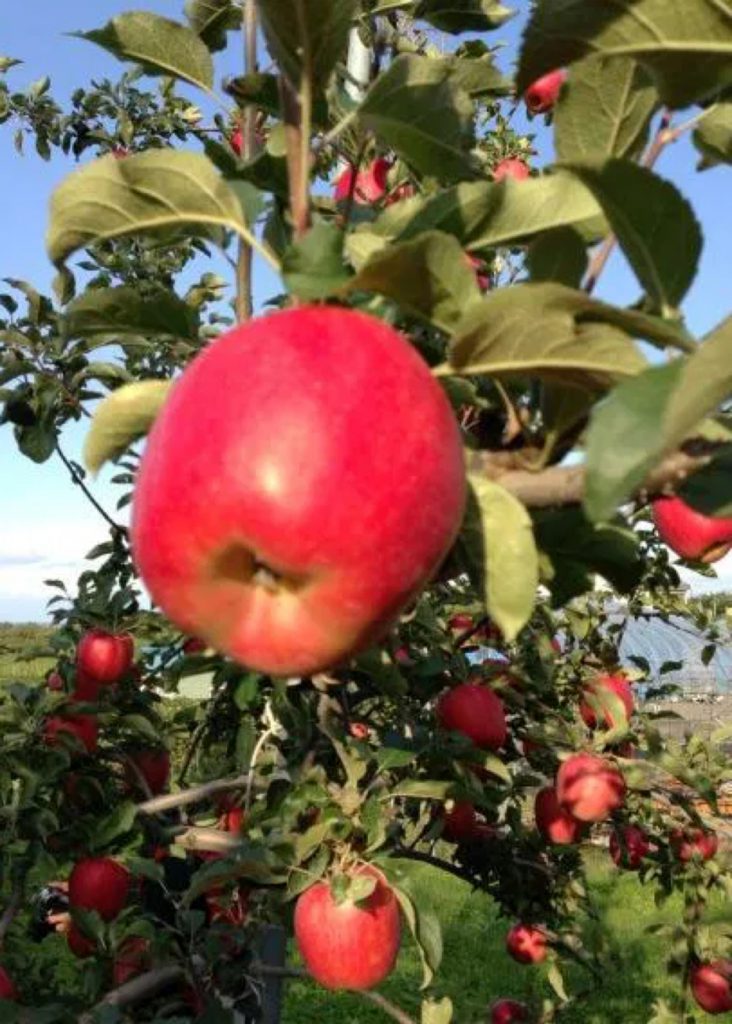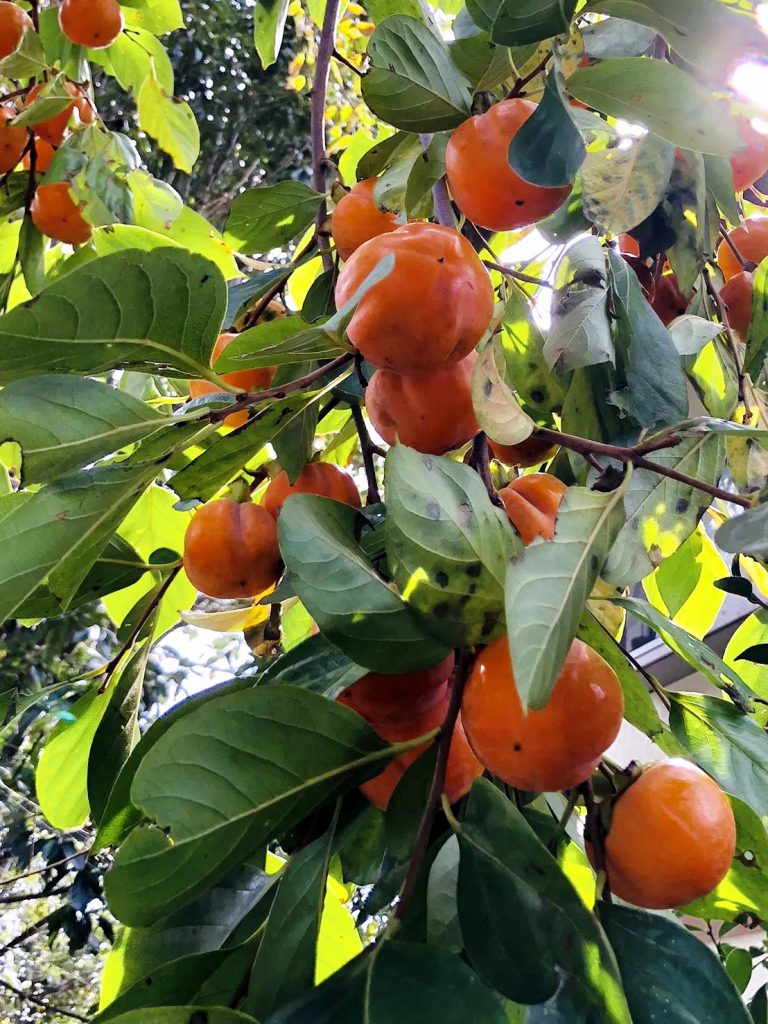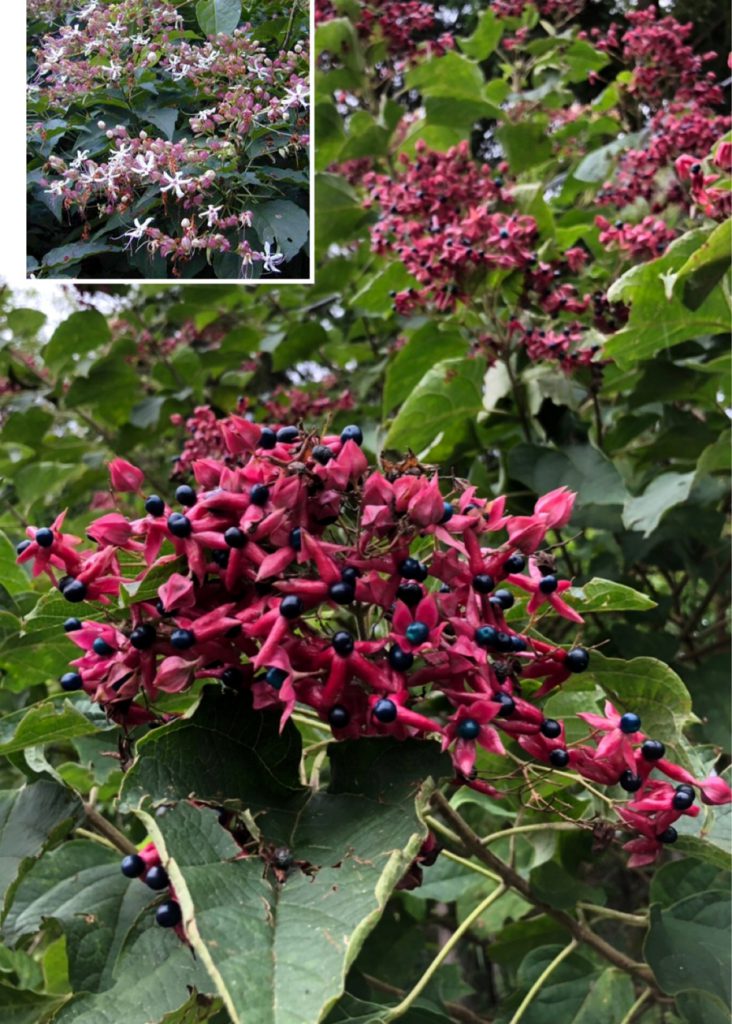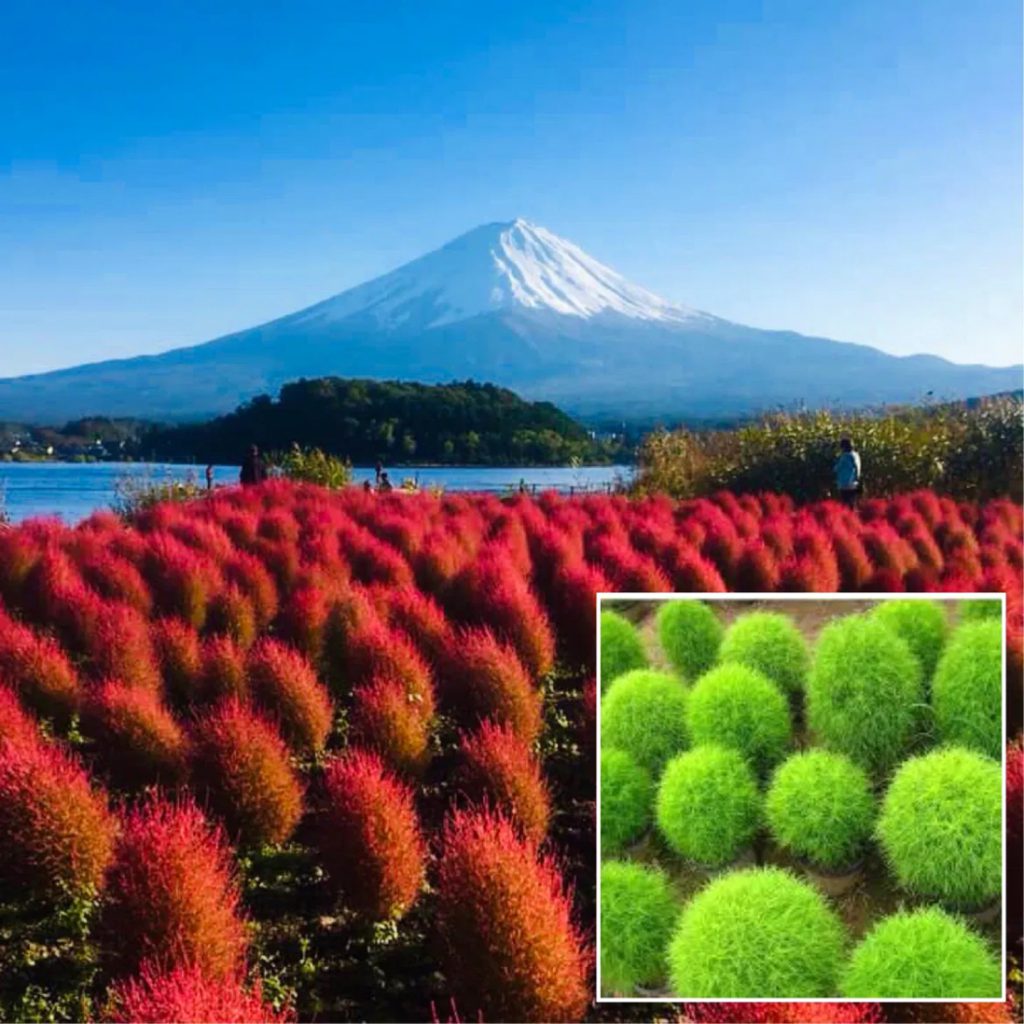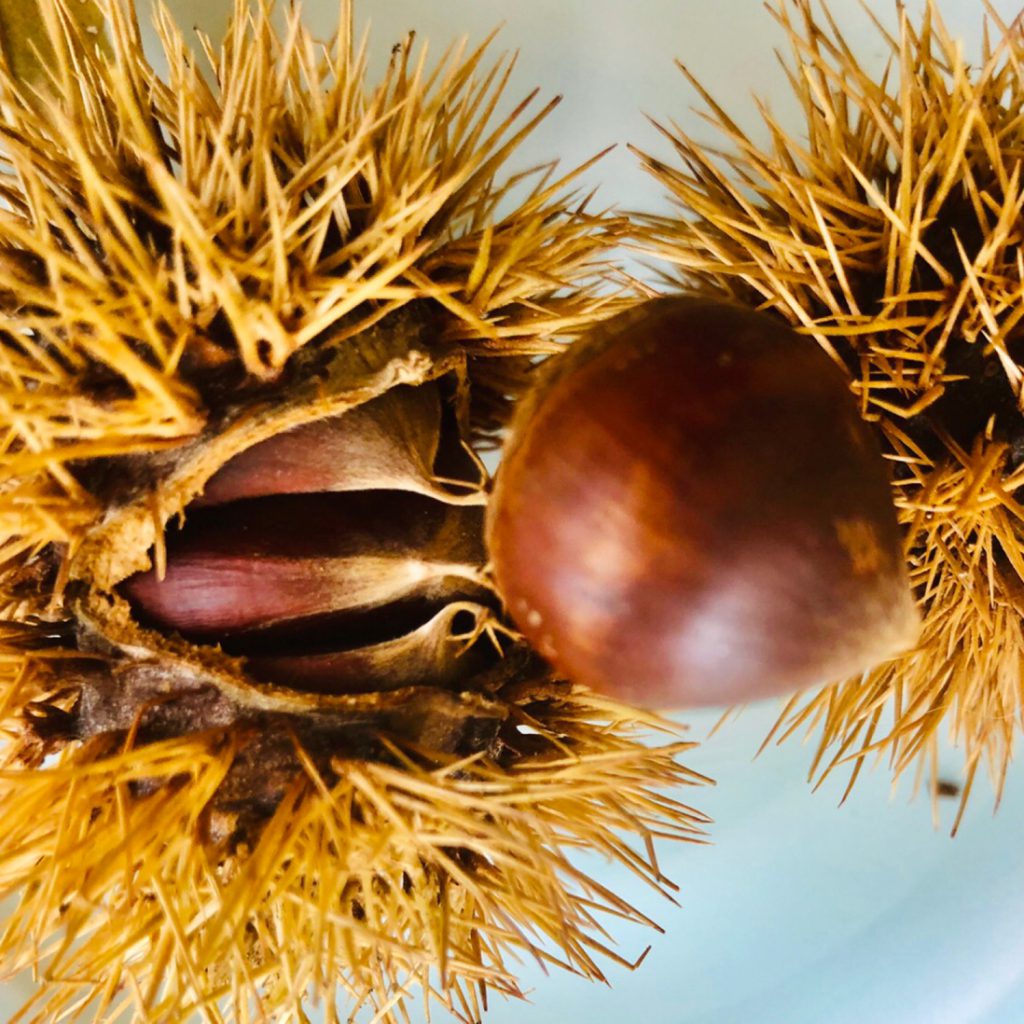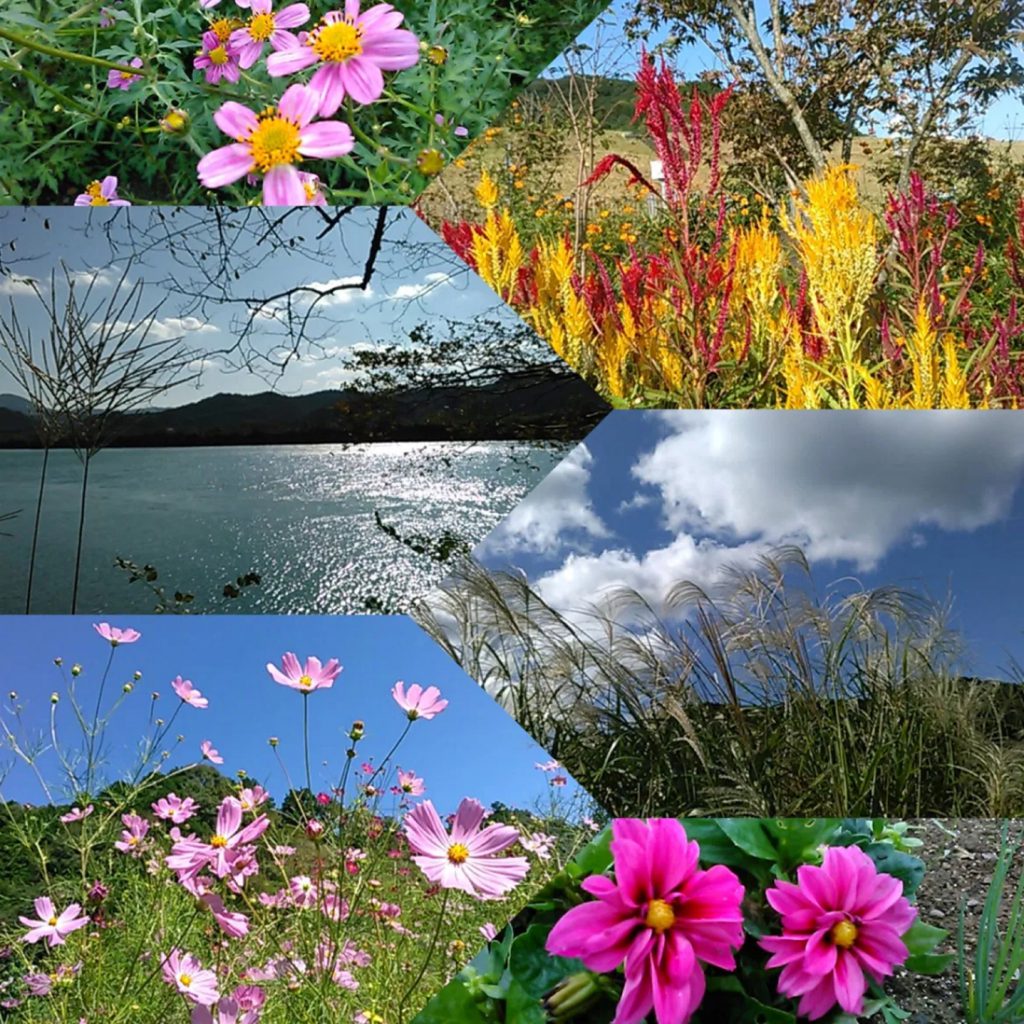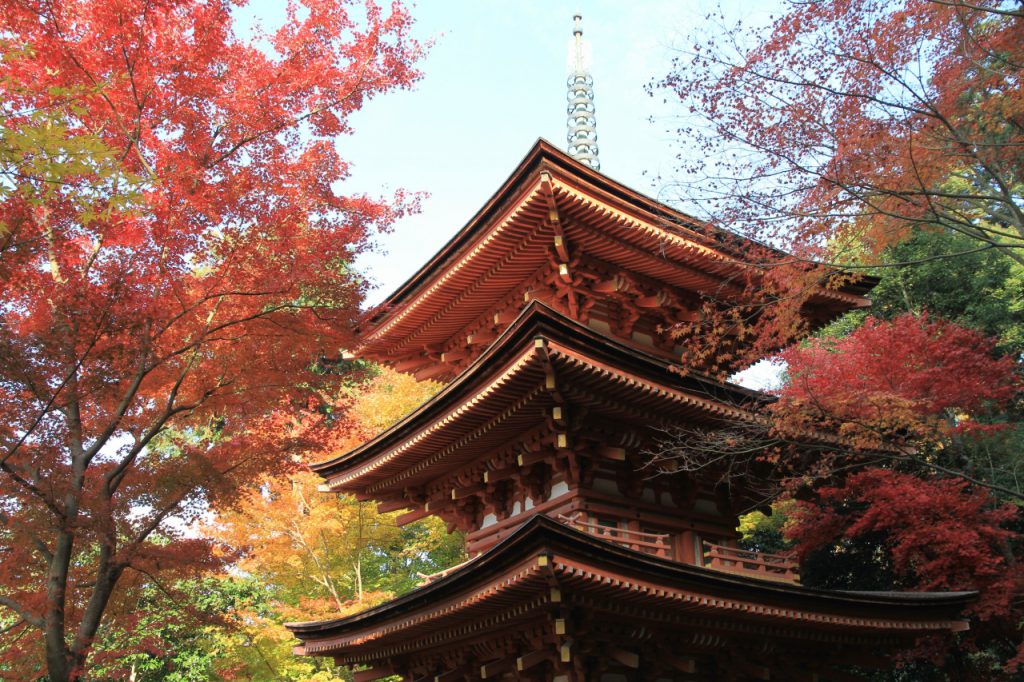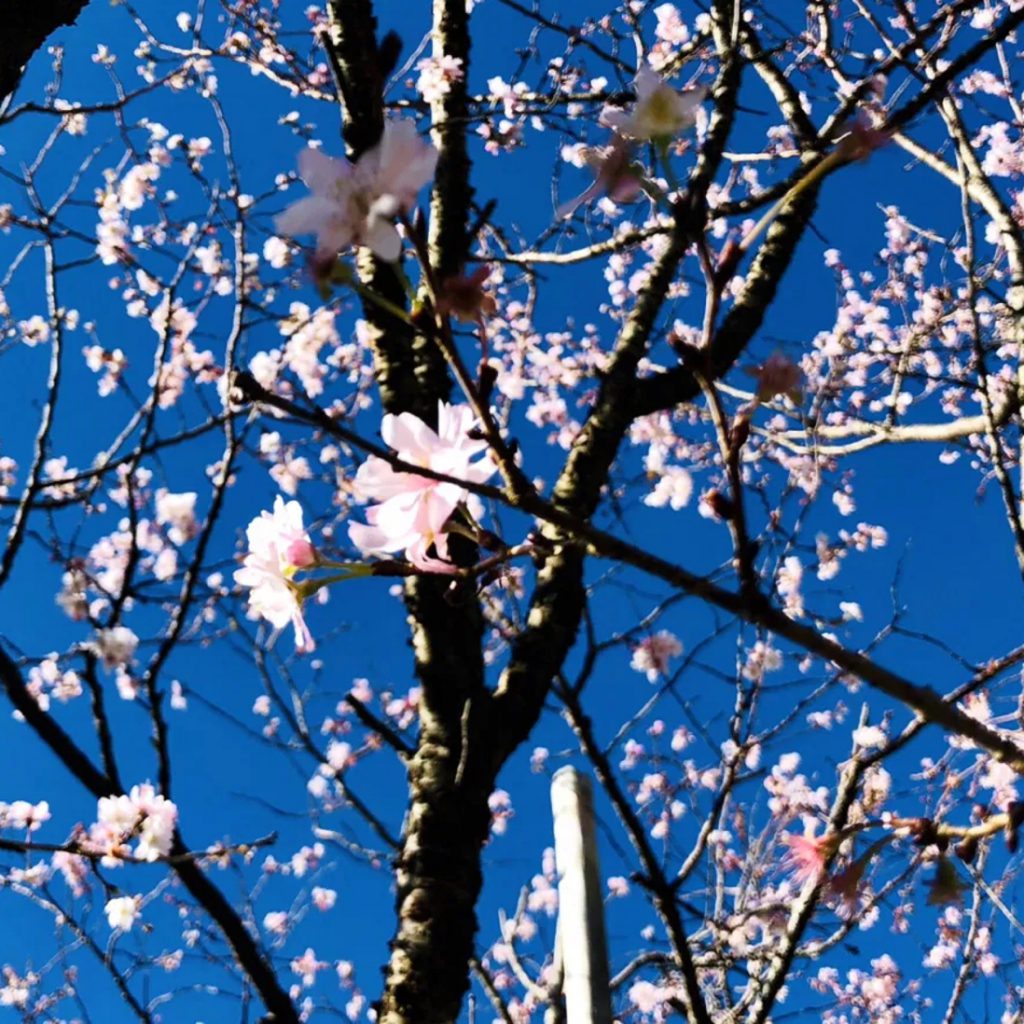
The leading role in autumn is autumn colors. Recently, in addition to that, the “crazy bloom” of cherry blossoms has become a hot topic. The topic has jumped in from all over Japan. But there are actually two types of crazy cherry blossoms. One is the cherry blossoms such as Jugatsu-zakura, Huyu-zakura, Shiki-zakura, Kofuku-zakura, Hudan-zakura and Accorade , which are intentionally made to bloom in autumn by multiplying Oyama-zakura with other varieties. They are typical autumn-winter blooming cherry blossoms. The other is the cherry blossoms such as Somei-Yoshino, which blooms only in spring, but it just blooms crazy. This phenomenon caused because the “dormant breaking” hormone, which causes the flower buds formed in summer to sleep until the next spring and bloom at once in spring, becomes abnormal when the leaves are dropped by a typhoon or pest, and blooms in response to a slight temperature change. So to speak, it’s caused by a sleep disorder in cherry blossoms. The recent abnormal weather also seems to have a lot of do with it.
秋の主役は紅葉です。最近、それに加えて喧しく話題になっているのが桜の狂い咲き。このところ、日本のあちらこちらからその話題が飛び込んできます。桜の狂い咲きには、実は二通りあって、ひとつは、オオヤマザクラに他の品種を掛け合わせて、意図的に秋に咲かせるようにした桜、十月桜、冬桜、四季桜、小福桜、不断桜、アーコレードなどで、代表的な秋冬咲きの桜のことです。もう一つは、ソメイヨシノの様に春にしか咲かない桜が、それこそ狂い咲く桜です。これは、夏にできた花芽を翌春まで休眠させ、春に一気に花開かせる「休眠打破」ホルモンが、台風や害虫で葉が落とされると異常をきたし、僅かな気温変化に反応して開花する現象です。言ってみれば、桜の睡眠障害によって起こるんですね。最近の異常気象も無関係ではなさそうです。

